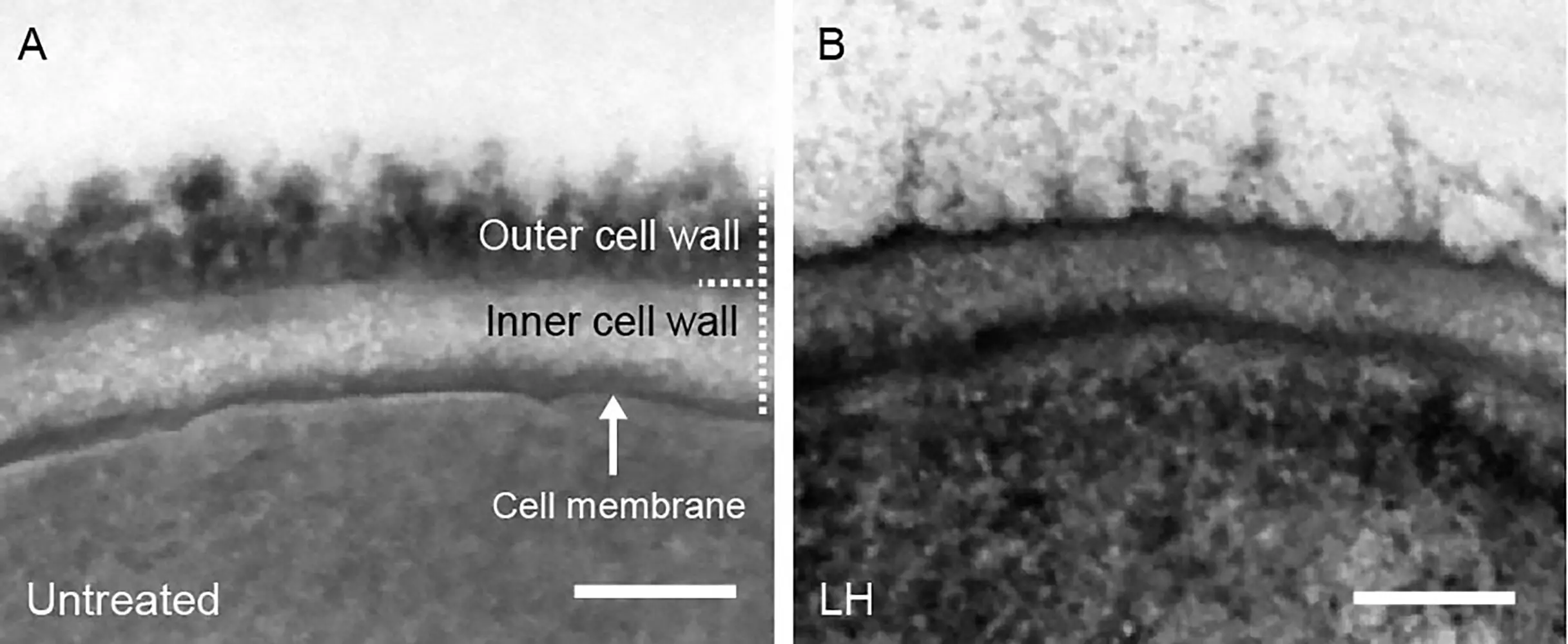In a world where invasive fungal infections are a major concern, the development of effective therapies has been slow and challenging. However, a groundbreaking study led by Dr. Sascha Brunke and his interdisciplinary research team at the Leibniz Institute for Natural Product Research and Infection Biology has shed light on a promising new avenue for combating fungal pathogens.
One of the key findings of the study was the discovery of synthetic polymers that mimic naturally occurring peptides and exhibit potent antifungal activity. These polymers, particularly the one named LH, demonstrated strong efficacy against Candida albicans, even in the presence of resistant strains. The combination of LH with the drug caspofungin proved to be extremely effective in combating the fungus and improving the survival rate of infected moth larvae in laboratory tests.
The mode of action of these synthetic polymers was found to be multi-faceted. They targeted fungal cells through various mechanisms, including hindering glycosylation on the cell surface, damaging cell walls and membranes, and supporting immune cells in the destruction of fungal cells. This multi-pronged approach sets the synthetic polymers apart from conventional antifungals, which typically target fungi in a single way.
The study highlighted the potential advantages of using synthetic polymers as antifungal agents. Not only are these polymers relatively inexpensive to produce, but they are also stable and storable compared to traditional antifungal compounds. This makes them especially promising for use in low-income countries where access to costly medications may be limited.
However, despite the promising results, further research is necessary before synthetic polymers can be translated into clinical therapies. More extensive testing in human models is needed to assess the safety and efficacy of these novel compounds. Optimization of the polymer structures and identification of specific target molecules are also crucial steps in advancing this innovative approach to antifungal therapy.
The discovery of synthetic polymers with potent antifungal properties represents a significant advancement in the field of infectious disease research. By targeting fungal pathogens through multiple mechanisms, these polymers offer a new and potentially more effective treatment option for patients suffering from invasive fungal infections. While challenges remain in optimizing and validating the use of synthetic polymers in clinical settings, the results of this study provide hope for a brighter future in the fight against fungal diseases.


Leave a Reply